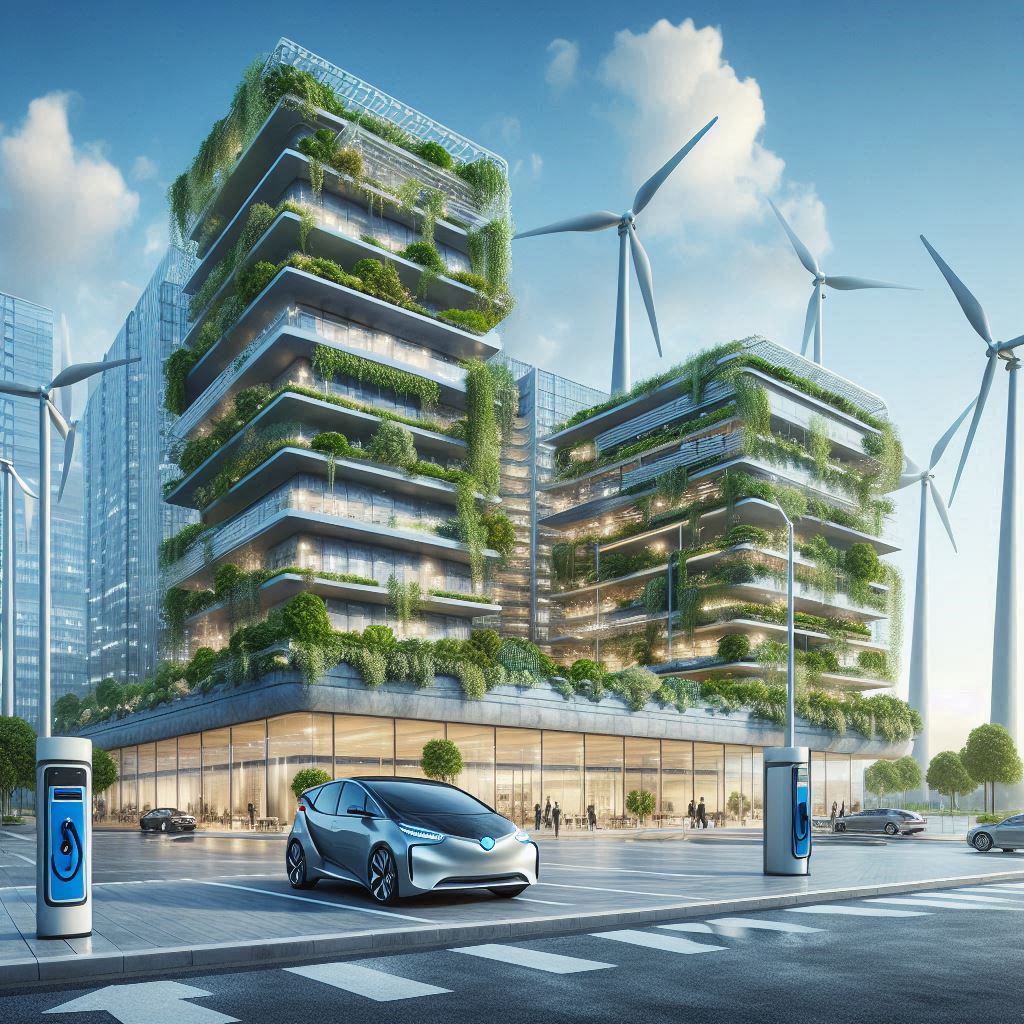I. Introduction
In the rapidly evolving sphere of corporate accountability, Environmental, Social, and Governance (ESG) Reporting has emerged as a cornerstone for gauging a company’s commitment to not only financial success but ethical and sustainable practices as well. In an era marked by climate change, social inequality, and a clarion call for transparent governance, ESG Reporting has ascended to the forefront of business strategy, serving as a guidepost for corporations aspiring to thrive in a sustainable future.
Yet, with the rise of ESG Reporting, vital questions emerge: Can adherence to ESG principles shield companies from unforeseen business risks? How might it serve as a prophylactic against the multifaceted perils of the modern market? This article endeavors to unravel how ESG Reporting stands as a beacon, steering companies toward risk aversion and principled profitability.
II. Understanding ESG Reporting

ESG is an acronym encapsulating Environmental, Social, and Governance – three interlocking facets that create a multi-dimensional framework for assessing corporate impact and commitment to sustainability. From ecological conservation efforts and carbon footprint reduction to ethical labor practices and fostering diversity in leadership, ESG Reporting envelopes a spectrum of corporate conduct.
Historically seen as an ancillary concern, ESG Reporting has burgeoned into a central tenet of corporate ethos for forward-thinking companies around the world. This paradigm shift mirrors an awakening in societal conscience and a recognition that long-term business viability is contingent upon the integration of sustainable practices. In essence, ESG Reporting has transfigured from an elective virtue to a strategic imperative, guiding companies as they navigate the exigencies of an ever-greening marketplace.
III. The Link Between ESG Reporting & Business Risks
The annals of business are replete with cautionary tales of enterprises that have floundered due to the neglect of ESG principles: the energy giant embroiled in an environmental disaster, the tech behemoth caught in the snare of data breaches, or the retailer tarnished by supply chains mired in labor controversies. These instances spotlight the potential ramifications when ESG factors are relegated to the periphery of company priorities.
However, a robust ESG Reporting protocol can act as a bulwark against such pitfalls. Organizations that embed ESG considerations into their operational DNA can detect emergent threats and pivot before they burgeon into crises. This nexus between ESG Reporting and business risks is irrefutable, demonstrating that conscientious ESG Reporting is not merely a compliance checkbox but a strategic shield against the vicissitudes of the corporate world.
IV. How ESG Reporting Can Save You from Future Business Risks
ESG Reporting transcends the traditional confines of risk management by offering a telescopic view into potential future challenges. A rigorous ESG framework equips companies with a dashboard of metrics and insights that can preemptively signal areas of concern – enabling them to fortify their strategies and operations proactively.
For example, through meticulous ESG Reporting, a company might discern rising energy costs attributable to inefficient practices and consequently pivot to renewable sources, thereby insulating itself from volatile fossil fuel markets. Similarly, by maintaining rigorous standards in workplace safety and fair labor practices, businesses can stave off regulatory fines and safeguard their reputations.
Real-world examples abound of firms that have harnessed the power of ESG Reporting to transform latent vulnerabilities into competitive advantages. Companies that proactively report and act on their ESG performance often experience enhanced investor confidence and customer loyalty, which can translate into tangible financial gains. Such strategic foresight stems from methodical recording and analysis of ESG data, which serves as both a diagnostic tool and a compass for navigating future risks.
V. Challenges & Criticisms of ESG Reporting
Notwithstanding its manifest advantages, ESG Reporting is not devoid of complexities. The challenges are multifaceted, ranging from the arduousness of collecting granular data across geographically dispersed operations to the onus of embedding ESG principles into entrenched corporate cultures.
Detractors of ESG Reporting argue that quantifying the benefits of ESG initiatives can be nebulous at best, and at worst, it can devolve into a façade of sustainability – a phenomenon known as “greenwashing.” However, these criticisms can be mitigated by steadfast adherence to rigorous, globally recognized ESG Reporting Standards and transparent CSR Reporting. Businesses that commit to such standards can circumnavigate the skepticism and demonstrate authentic dedication to sustainable growth.
VI. Future of ESG Reporting

The horizon for ESG Reporting luminously suggests its burgeoning role as a mainstay in business risk management. Indicators point to a future where ESG considerations are enmeshed seamlessly into corporate strategic planning and daily operations. Far from an auxiliary task, ESG Reporting is poised to underpin the very manner in which companies conceive and execute their missions. As the corporate tapestry continues to evolve, ESG Reporting promises to cement its position as a cardinal element of judicious business management.
VII. Conclusion
Having delved into the facets of ESG Reporting, it is manifest that it is not a transient trend but rather an essential fixture in the architecture of contemporary business. By embracing ESG principles, companies can defensively armor themselves against looming risks while concurrently unlocking nascent market opportunities.
Thus, it behooves businesses to recognize the transformative potential that ESG practices hold and to enshrine them within their corporate strategic planning. The epoch for action is upon us; by prioritizing ESG Reporting today, businesses can secure a more sustainable and resilient future—a future where profitability and principle are not mutually exclusive but are harmoniously aligned.
VertPro.com serves as a resourceful platform for property owners and managers seeking to enhance their buildings’ energy efficiency. The site offers a range of services, including Commercial Energy Audits, Benchmark Compliance consultancy, and a Construction Marketplace. At the heart of VertPro® is a suite of SaaS technology-based solutions designed to assist in navigating the complexities of Energy Benchmarking and Energy Audits/RCx Plus, while ensuring adherence to over 60 Energy Benchmarking and Energy Efficiency Laws across the country.
For those looking to improve their property’s energy usage and operational value, VertPro.com provides a diverse array of tools and information. The site aims to facilitate a better understanding of energy efficiency practices and legislation, helping building owners and property managers make informed decisions about their energy strategies while complying with all energy ordinances and laws.















